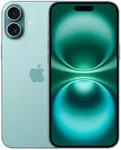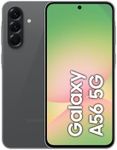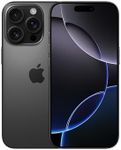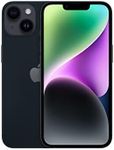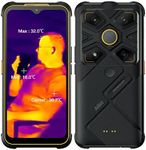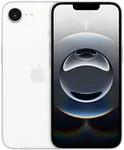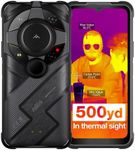Buying Guide for the Best Smartphones
Choosing the right smartphone can be a daunting task given the plethora of options available in the market. It's important to consider your personal needs and preferences to find a device that suits you best. Whether you prioritize camera quality, battery life, or performance, understanding the key specifications will help you make an informed decision.DisplayThe display is the screen of the smartphone where you view all your content. It's important because it affects your overall experience, from watching videos to reading text. Displays come in various sizes and resolutions. Smaller screens (under 5.5 inches) are more compact and easier to handle, while larger screens (over 6 inches) are better for media consumption and gaming. Higher resolution screens (Full HD, Quad HD) offer sharper and clearer images. Choose a display size and resolution based on your usage habits and comfort.
Battery LifeBattery life determines how long your smartphone can last on a single charge. It's crucial for users who are frequently on the go and rely on their phone throughout the day. Battery capacity is measured in milliampere-hours (mAh). Phones with higher mAh (3000-5000 mAh) typically offer longer battery life. Consider your daily usage; if you use your phone heavily for gaming, streaming, or multitasking, opt for a higher capacity battery.
Camera QualityCamera quality is important for users who love taking photos and videos. Smartphones come with various camera setups, including single, dual, and triple cameras. Key factors include megapixels (MP), aperture size, and additional features like optical image stabilization (OIS) and night mode. Higher MP cameras (12 MP and above) generally produce more detailed images. If photography is a priority, look for phones with advanced camera features and higher MP counts.
ProcessorThe processor is the brain of the smartphone, affecting its speed and performance. It's important for running apps smoothly and handling multitasking. Processors are categorized by their cores and clock speed (GHz). Entry-level processors are suitable for basic tasks, while mid-range and high-end processors offer better performance for gaming and intensive applications. Choose a processor based on your usage; if you need a phone for heavy gaming or professional tasks, opt for a higher-end processor.
StorageStorage determines how much data your smartphone can hold, including apps, photos, videos, and files. It's measured in gigabytes (GB). Common storage options range from 32 GB to 256 GB and beyond. If you store a lot of media or use many apps, consider a phone with higher storage capacity. Some phones also offer expandable storage via microSD cards, which can be a useful feature if you need additional space.
Operating SystemThe operating system (OS) is the software that runs the smartphone. The two main OS options are Android and iOS. Android offers more customization and a wider range of devices, while iOS is known for its smooth user experience and integration with other Apple products. Choose an OS based on your preference for customization, app availability, and ecosystem compatibility.
Build QualityBuild quality refers to the materials and construction of the smartphone. It's important for durability and aesthetics. Smartphones can be made from plastic, metal, or glass. Metal and glass builds are generally more premium and durable but can be more fragile. Consider how you use your phone; if you need a rugged device, look for phones with reinforced build quality or additional protection features.
ConnectivityConnectivity options include network compatibility (4G, 5G), Wi-Fi, Bluetooth, and NFC. These features are important for internet access, connecting to other devices, and making contactless payments. 5G offers faster internet speeds but may not be necessary for all users. Evaluate your connectivity needs based on your usage patterns and the availability of network infrastructure in your area.


